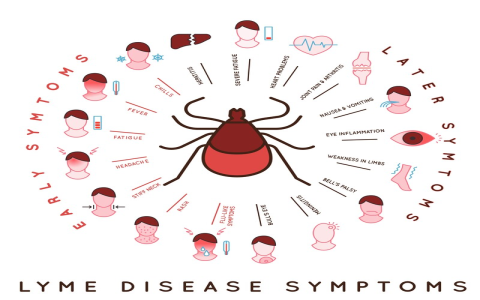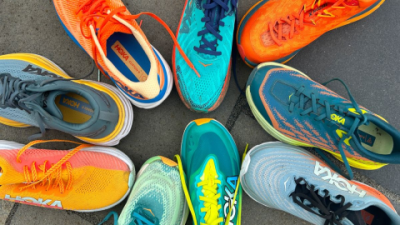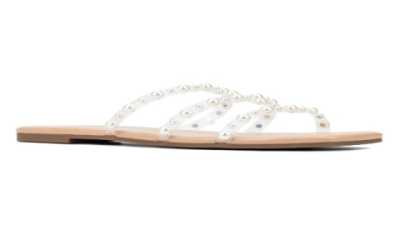Living with Lyme disease can feel like walking a tightrope when it comes to staying active. You want to move, you know it’s good for you, but the joint pain, fatigue, and muscle aches often make even the thought of exercise overwhelming. I get it—some days, just getting out of bed feels like a victory. But here’s the thing: with the right approach, exercise doesn’t have to be your enemy. In fact, it can become one of your best tools to manage symptoms and feel better overall. This isn’t about pushing yourself to the limit or following cookie-cutter workout plans. It’s about finding what works for your body, respecting your limits, and slowly building strength and stamina without triggering pain or exhaustion.
So, let’s dive into how you can stay active with Lyme disease—without making yourself worse.
Why Exercise Matters When You Have Lyme Disease

Lyme disease is caused by a tick bite, leading to a bacterial infection that can cause all sorts of issues: joint swelling, muscle pain, brain fog, and that crushing fatigue that doesn’t seem to go away. It’s frustrating, to say the least. But moving your body—even gently—can help in ways you might not expect.
For starters, exercise increases blood flow and oxygen to your tissues, which might help your immune system fight off the infection better. Plus, it warms up your muscles and joints, making them less stiff and painful. And let’s not forget the mental boost—getting some movement can lift your mood, help with anxiety, and give you a little more energy.
But—and this is a big but—you have to be careful. Overdoing it can backfire, causing what’s called post-exertional malaise, where your symptoms get way worse after activity. So the trick is to find a balance that works for you.
How to Approach Exercise When You Have Lyme Disease
If you’re like most people with Lyme, your symptoms probably come and go, which makes sticking to a routine tricky. Here are some pointers to help you get started safely:
Start small. Seriously, even minutes of gentle stretching or a short walk counts. Don’t rush to jump back into intense workouts. Your body needs time to adjust.
Focus on low-impact activities. Think swimming, walking, yoga, or tai chi. These are easier on your joints and muscles but still get you moving.
Listen to your body. If you feel pain, dizziness, or extreme tiredness, it’s okay to stop or slow down. Rest is part of the process.
Rest days are just as important as active days. Your body needs time to heal and rebuild.
If possible, work with a physical therapist who understands Lyme disease. They can help tailor exercises to your needs and keep you safe.

Types of Exercises That Work Well
Here’s a quick rundown of exercises that tend to be easier on Lyme patients:
-
Walking: Easy to start, and you can control the pace and distance. Even a 10-minute stroll can help.
-
Swimming or water aerobics: The water supports your body, reducing strain on joints and muscles. Plus, it feels good!
-
Yoga and tai chi: Great for flexibility, balance, and calming the mind. Just be sure to avoid poses that cause discomfort.
-
Light strength training: Using resistance bands or your own body weight can help build muscle without overloading your joints.
Remember, it’s not about intensity but consistency. Even short, gentle sessions done regularly can make a difference.
A Sample Week Might Look Like This
Monday: 10-minute gentle stretch + 5- minute walk
Tuesday: Rest or minutes of light yoga
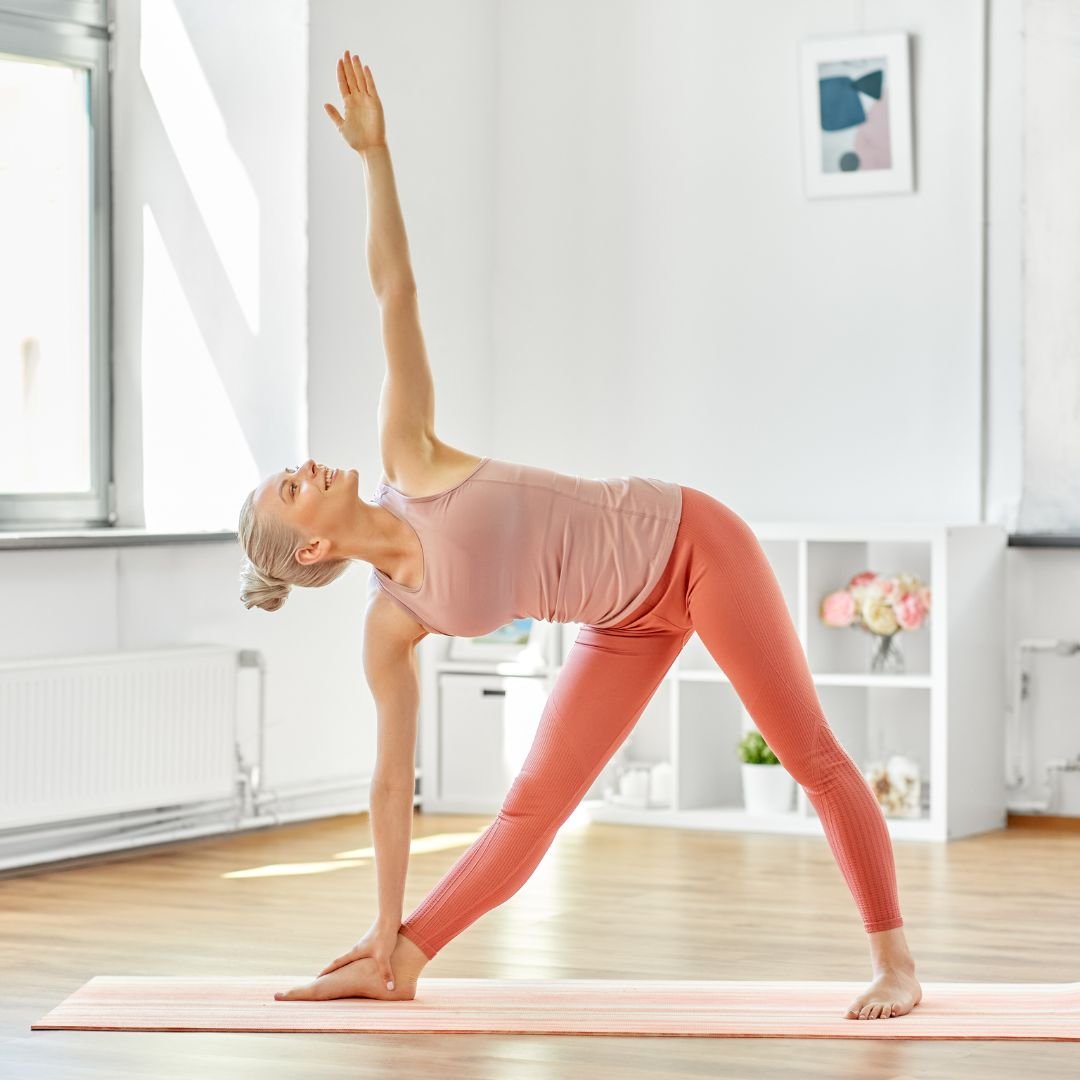
Wednesday: 15- minutes swimming or water aerobics
Thursday: Rest
Friday: 10- minutes light resistance exercises
Saturday: Tai chi or Pilates for 15- minutes
Sunday: Rest or a gentle 10-minute walk
Feel free to shuffle things around based on how you feel. Some days you might need more rest, and that’s perfectly okay.
Nutrition and Hydration: Your Exercise Allies
Don’t forget, what you eat and drink can make a big difference in how you feel during and after exercise. Many people with Lyme find that eating anti-inflammatory foods—like colorful veggies, fruits, nuts, lean proteins, and healthy fats—helps reduce their symptoms. Avoiding processed foods and sugar can also keep inflammation down.
Staying hydrated is key, too. Water supports your muscles and joints and helps your body flush out toxins. Try to sip water throughout the day, especially before and after exercise.
Common Hurdles and How to Handle Them
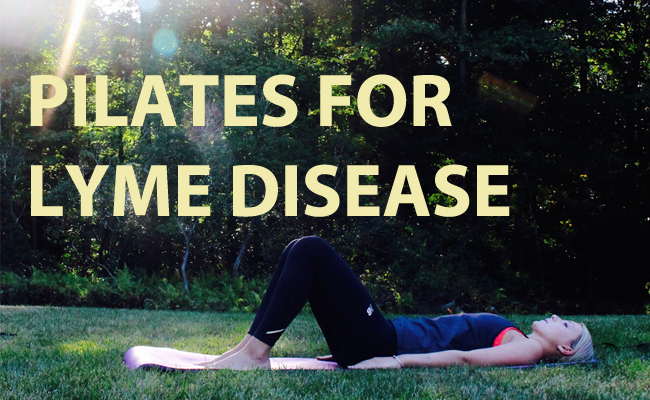
Fatigue hitting hard after a workout? That post-exertional malaise is real and can be discouraging. The best thing is to pace yourself and not push through exhaustion.
Joint pain flaring up? Stick to low-impact exercises and try heat or cold packs to soothe inflammation.
Feeling unmotivated? It’s normal. Set tiny goals, celebrate small wins, and maybe find a buddy or support group to keep you accountable.
Worried about making symptoms worse? Talk to your doctor or a Lyme-literate physical therapist before starting any exercise program.
Frequently Asked Questions
Is it really safe to exercise with Lyme disease?
Yes, but it has to be gentle and personalized. Avoid pushing yourself too hard and stop if you feel worse.
What if I don’t have much energy?
Start with very short sessions— minutes of stretching or walking—and build up as you can. Even small amounts help.
Can exercise cure Lyme disease?
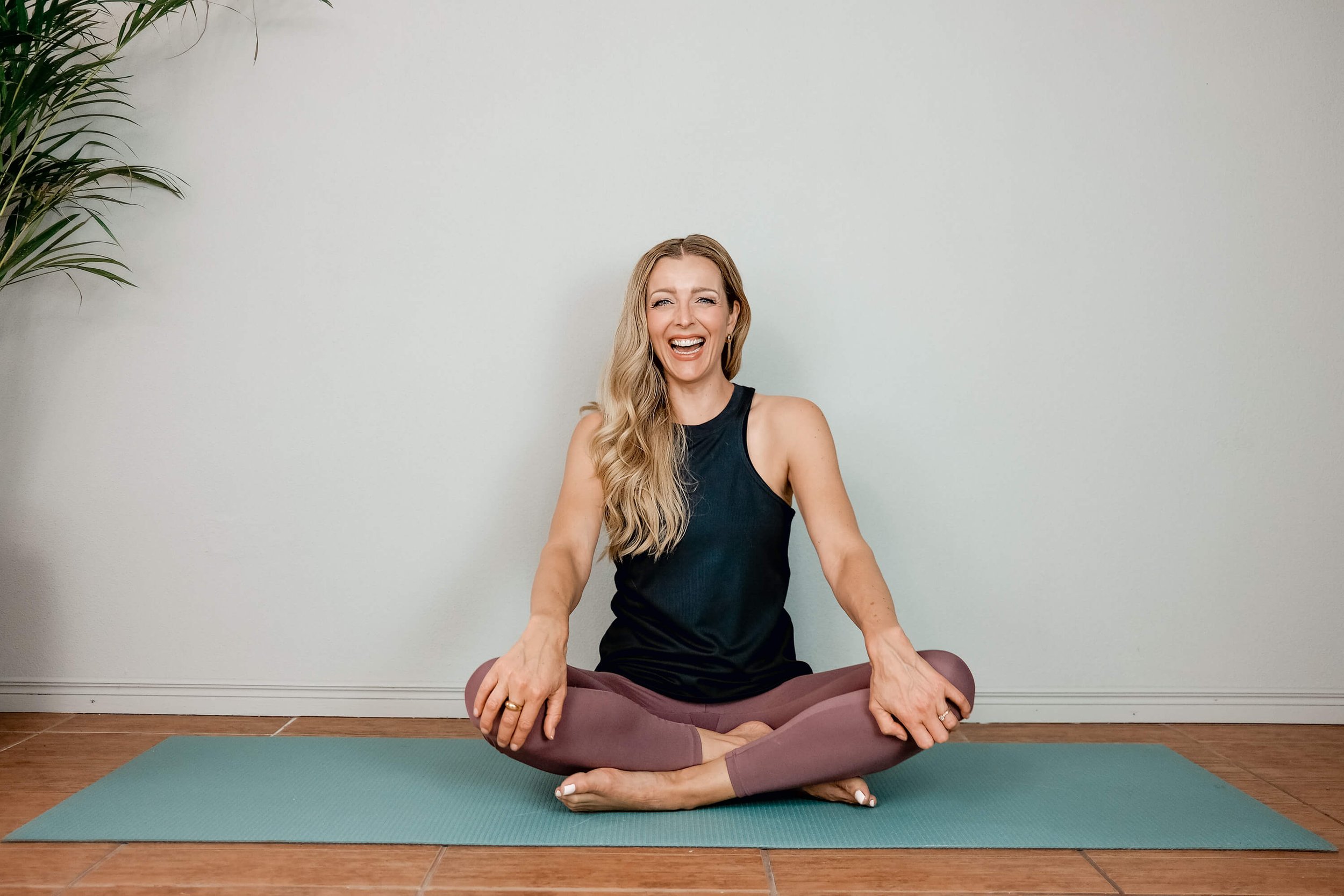
No, exercise isn’t a cure. But it supports your recovery by improving your strength, mood, and overall health.
What if I have a flare-up after exercising?
Take it as a sign to slow down. Rest, hydrate, and reduce intensity next time.
Should I get professional help?
Definitely. A physical therapist familiar with Lyme can guide you safely and tailor exercises to your needs.
Final Thoughts
Living with Lyme disease means learning to listen to your body like never before. Exercise isn’t about pushing through pain or exhaustion—it’s about gentle movement that supports healing and helps you feel a little better each day. It’s okay to have good days and bad days. The goal is to find a rhythm that fits your unique needs, celebrate progress no matter how small, and remember that staying active, even in tiny ways, can make a big difference in your journey with Lyme disease.
